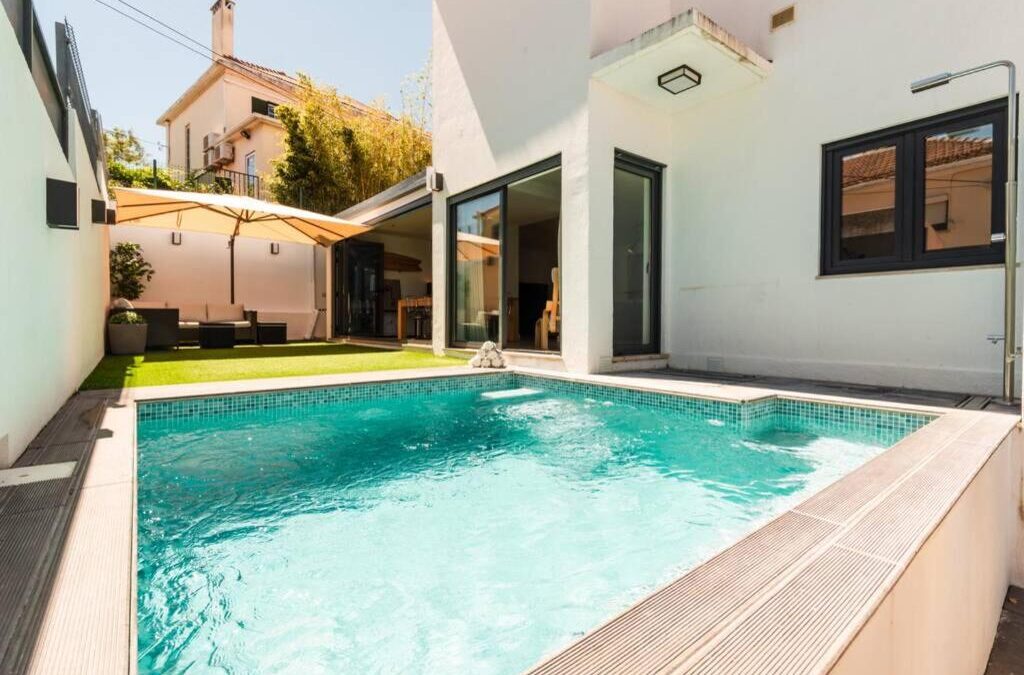In the world of pool maintenance, one common worry that frequently arises is how to get air out of pool pump. This issue can disrupt the functioning of your pool system and needs immediate attention. Whether you’re a new pool owner or someone who has long enjoyed the summer bliss of swimming, understanding this aspect of pool care is essential.
The presence of air in your pool pump can lead to multiple operational issues, such as reduced efficiency in water circulation and potential damage over time. Hence, it is critical for every pool owner to know how to get air out of pool pump promptly and efficiently to ensure your pool remains a place of joy.

Understanding the Problem: Why Air Gets Trapped
Before diving into the solutions, its important to understand why air gets trapped in the pool pump filter system. This often happens due to leaks, which can occur because of aged or damaged seals and gaskets, or an incorrectly installed pump lid. Read more on the value of maintaining your pool.
Signs That Your Pool Pump Has Air
Recognizing the signs of air in your pool pump is crucial to address the issue early. Some warning signs include: no water in the strainer basket, visible bubbles in the pool return lines, and unusual noise coming from the pump. Addressing these symptoms quickly will help prevent further complications.
Steps to Eliminate Air from Your Pool Pump
Below is a simplified guide to help you remove air from your pool pump effectively:
1. Shut Down the System
The first step in solving the air problem is turning off your pool pump. This ensures safety and prevents further air ingress as you troubleshoot.
2. Check for Leaks
Inspect the pump lid and the O-ring that fits into the groove of the lid. Make sure these parts are intact and without visible cracks or wear.
3. Fill the Pump Basket
Remove the pump lid and fill the pump basket with water. Filling the pump ensures there is no air gap and helps the pump to prime efficiently once restarted.
4. Secure the Lid Properly
Secure the pump lid tightly to ensure an airtight seal. It’s recommended to lubricate the O-ring with appropriate lubricant to prolong its life and ensure a watertight fit.
Restart and Watch
Once everything is reassembled, restart the pool pump. Observe the pump and system. Initially, you might see some bubbles; however, these should clear up gradually as the system stabilizes.
Preventive Measures to Minimize Air Entrainment
Prevention is always better than cure. Regularly check your pool pump and associated components, ensuring they are in good condition to prevent air from entering the system. Routine maintenance should include checking all seals, gaskets, and covers.
Another valuable tip is to acquire knowledge about how long to run your pool pump effectively to maintain optimal efficiency.
Conclusion
Understanding and addressing the issue of air in your pool pump can save you from potential headaches. It enhances the longevity and efficiency of your pool system. By following these steps, you can enjoy a smoothly running pool pump and a clear, sparkling pool.

FAQs
1. Can air in the pool pump damage the system?
Yes, having air in your pool pump can cause the pump to run dry, leading to overheating and potential damage if not addressed quickly.
2. How often should I check for air in my pool pump?
Its advisable to check your pool pump for air regularly, at least once a week, or whenever you notice any signs like unusual noise or bubbles.
3. Is professional assistance required to remove air from the pump?
While removing air from a pool pump is generally a task that homeowners can handle, consulting with a professional is recommended if you encounter persistent issues or leaks.
This article contains affiliate links. We may earn a commission at no extra cost to you.

